
How Artifex Blends Traditional Indian Architecture with Modern Interiors?
Artifex Interio 27-03-2025 12:50:42
"Architecture should speak of its time and place, but yearn for timelessness." - Frank Gehry.
India’s architectural heritage is influenced by a vibrant history that spans across centuries. With the culmination of various dynasties, regional influences and spiritual philosophies, the country has been a witness to centuries of artistic evolution. The architectural beauty of India is not merely a relic of the past; it's a living, breathing source of inspiration, offering a unique palette for creating spaces that are both timeless and contemporary.
From the intricate rock-cut temples to the majestic Mughal palaces and the distinctive regional vernacular, India's architectural beauty transcends time.
What if we tell you that you can capture this timeless essence and weave it into the fabric of your modern home?
Artifex Interio understands this profound connection between heritage and modernity and makes that possible with our versatility where your vision is brought to life, drawing inspiration from the beauty of the past and the innovations of the present.
Our team skillfully blends time-honored techniques and design elements with cutting-edge materials and modern sensibilities. We carefully study the proportions, patterns, and craftsmanship of India's architectural masterpieces, and then reinterpret them to suit the needs of today's lifestyles.
The Future of The Past: Bridging the gap between the past and the future
When we look deeper into the origin and evolution of interior design, it becomes evident that in India, the traditional interior style was derived in a specific region through a blend of local resources, traditions and climate responsiveness into the building. It depicted the environmental, cultural beliefs and historical features of the region.
In today’s context, traditional practices will not be as effective as they used to be and are also not sufficient to cater to the modern requirements. Similarly, modernity without traditions causes a space to be autonomous and standalone.
Traditional approaches are an effective design tool for developing plans for people centric habitats with reference to their culture. The way a place is perceived and used by people has a direct impact on the planning of a space. Design without traditions might not be relevant to the people because not every modern design intervention will work in the Indian context.
Therefore, modern perspectives with an integration of traditional practices and values in today’s projects help ensure that the authenticity remains intact and also helps to optimize the relationship between people, place and impact of globalization on contemporary architecture. Traditional practices and techniques provide instructive examples of sustainable solutions to these problems through the appropriate use of adaptable material and technologies thus making it a model for contemporary design.
Indian Modernism: Integration of traditional elements into contemporary design
The contemporary designers are looking back over millennia of vernacular, Buddhist, Hindu, Islamic and colonial interventions in India and collaborating it with contemporary trends- paving way for a harmonious blend of contemporary design form and traditional style.
This style harmoniously weaves together traditional and contemporary elements by combining simple, linear spaces with bright colors, patterns, ethnic textiles, ornaments, crafts and other elements.
Simply put, Indian modernism can be defined as reinterpreting the past interior styles of India and blending it with contemporary design forms instead of replicating it.
What are the Components that Define the Beauty of Traditional Indian Architecture?
Traditional Indian architecture is an amalgamation of various aspects. From the innate elements of Vaastu Shastra to the emphasis on including natural materials, the spectrum is extensive.
Here’s a brief breakdown of the same:
Vaastu Shastra: An ancient science, whose origin can be traced back to the Vedas and Puranas, Vaastu Shastra emphasises harmony between human dwellings and the natural environment.
Regional Diversity: When highlighting the importance of traditional Indian architecture, India’s vast geography can’t take a backseat. Drawing inspiration from regions like the havelis of Rajasthan or the sloped tiled roofs in Kerala, there’s a lot to play around with.
Emphasis on Natural Materials: Stone, wood and clay are the trifecta that truly define the beauty of Indian heritage and architecture. When blended with a touch of modern design, these elements not only ensure durability but also create a healthy and sustainable living environment.
Intricate Detailing: If there’s one non-negotiable when it comes to Indian architecture, it is the art of detailing and craftsmanship. Not a tale of just the present, such art dates back to centuries and is all thanks to the skilled artisans.
Integration of Open Spaces: In the congested and cooped up modern world we live in, one aspect of Indian architecture that deserves a place is the inclusion of an “angan” or courtyards, which enhance the charm of any place in a home.
Artifex Interio's Approach to Harmonising the Old and the New
The beauty of the traditional Indian architecture might seem like it's lost in time but that’s simply untrue. In fact, that’s exactly what Artifex is focused on bringing back.
We have worked with clients who wanted to intertwine traditional Indian architectural elements with modern interior design and here’s our approach to such requests and client vision:
Research and Contextual Understanding
As we previously mentioned, the traditional Indian architecture isn’t limited to or confined to a few aspects. In fact, there are numerous designs, materials, details and craftsmanship to focus on. When our clients profess their interest in including some traditional design elements, our focus is to delve into the historical and cultural context first and understand the varying architectural elements that can be adapted into modern designs.
Design and Material Selection
Once the research is done and our designers are ready with the idea, the next step is creating a 3D model of the design including all the conceptualised elements – put into one place. Following the ideation comes material selection wherein we focus on choosing materials that have a touch of traditional aesthetics but will also fit within the budget of the client.
Craftsmanship Collaboration
At the core of Artifex Interio, our focus is to uplift our local craftsmen and provide them with opportunities that truly celebrates their skills and talent. For sourcing the traditional crafts like woodwork, metalwork, and textiles, we do collaborate with local artisans to bring the absolute best quality on board for our clients.
Functional Adaptation
While traditional Indian architecture in your home interior is bound to look chic and classy, our focus is also on functionality. We want our designs to truly resonate with the day-to-day needs of our clients, which is why we focus on blending these traditional designs with modern functionalities to enhance the practicality of the space.
RECENT POSTS
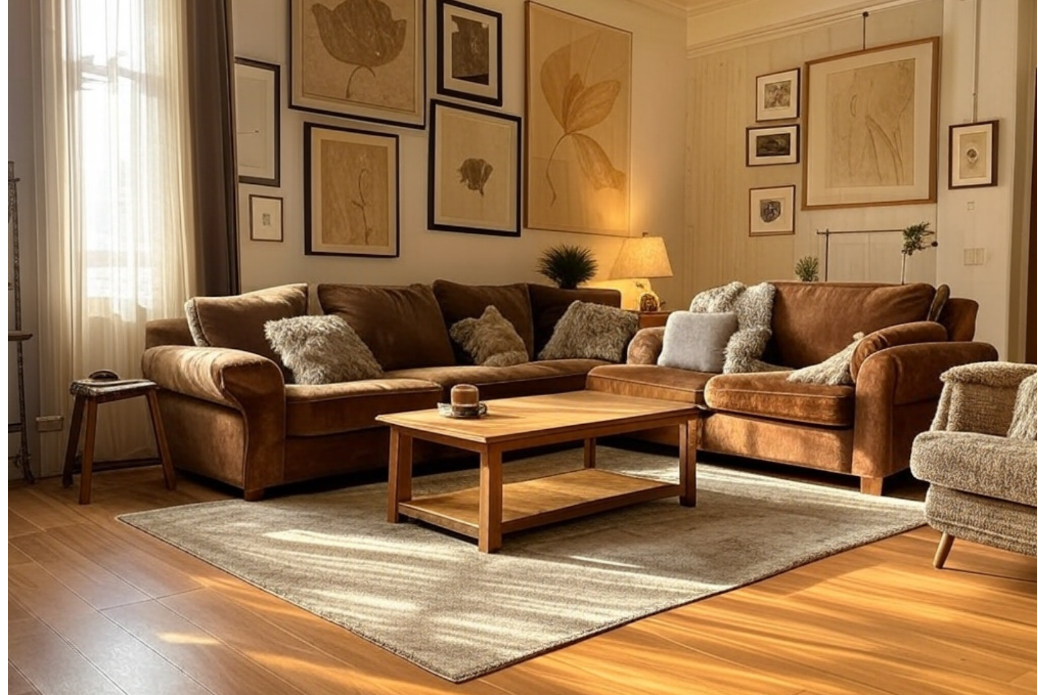
Adding Depth to Your Interiors
2025-05-02 21:48:06

How Bold Style Is Taking Over Interiors & Fashion
2025-05-02 21:30:32
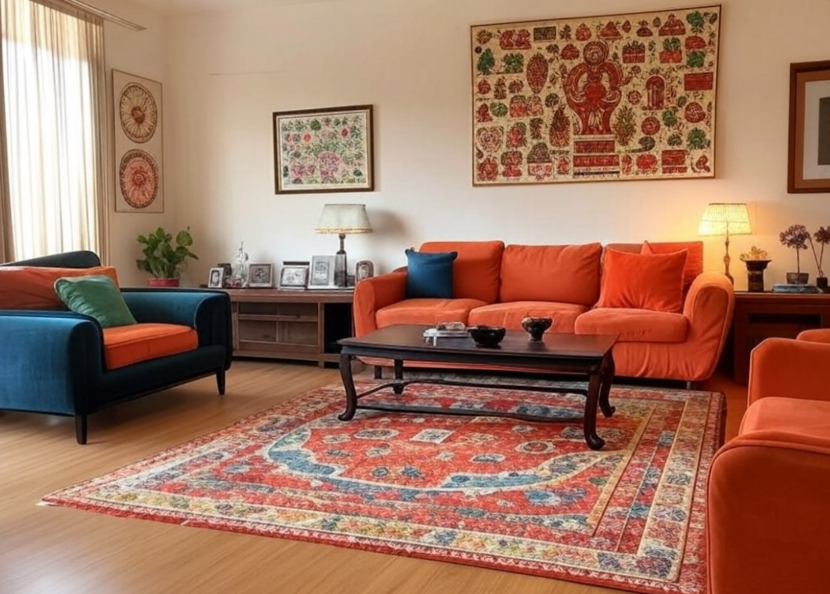
Clever Interior Design Hacks for Indian Apartments
2025-05-02 15:36:45

How Artifex Blends Traditional Indian Architecture with Modern Interiors?
2025-03-27 12:50:42
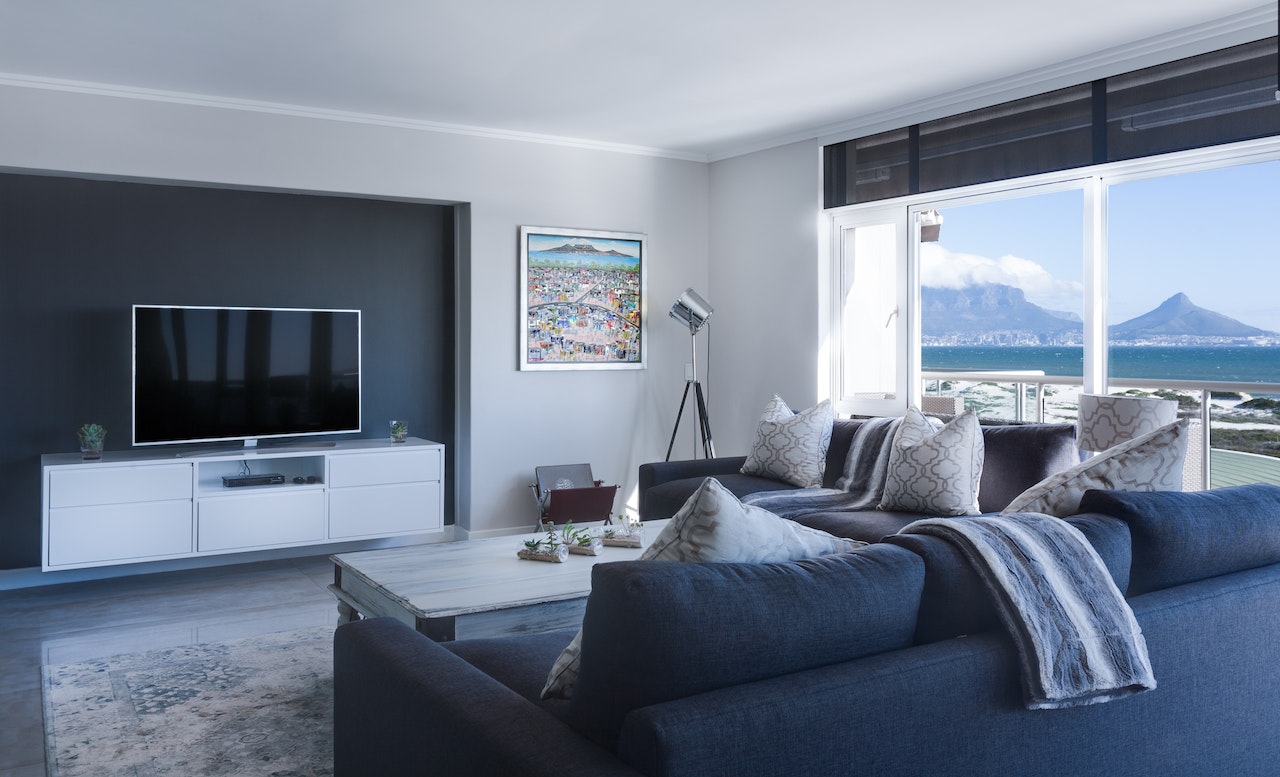
How to Make Your Room Look Aesthetic Without Buying Anything?
2023-06-01 19:54:46
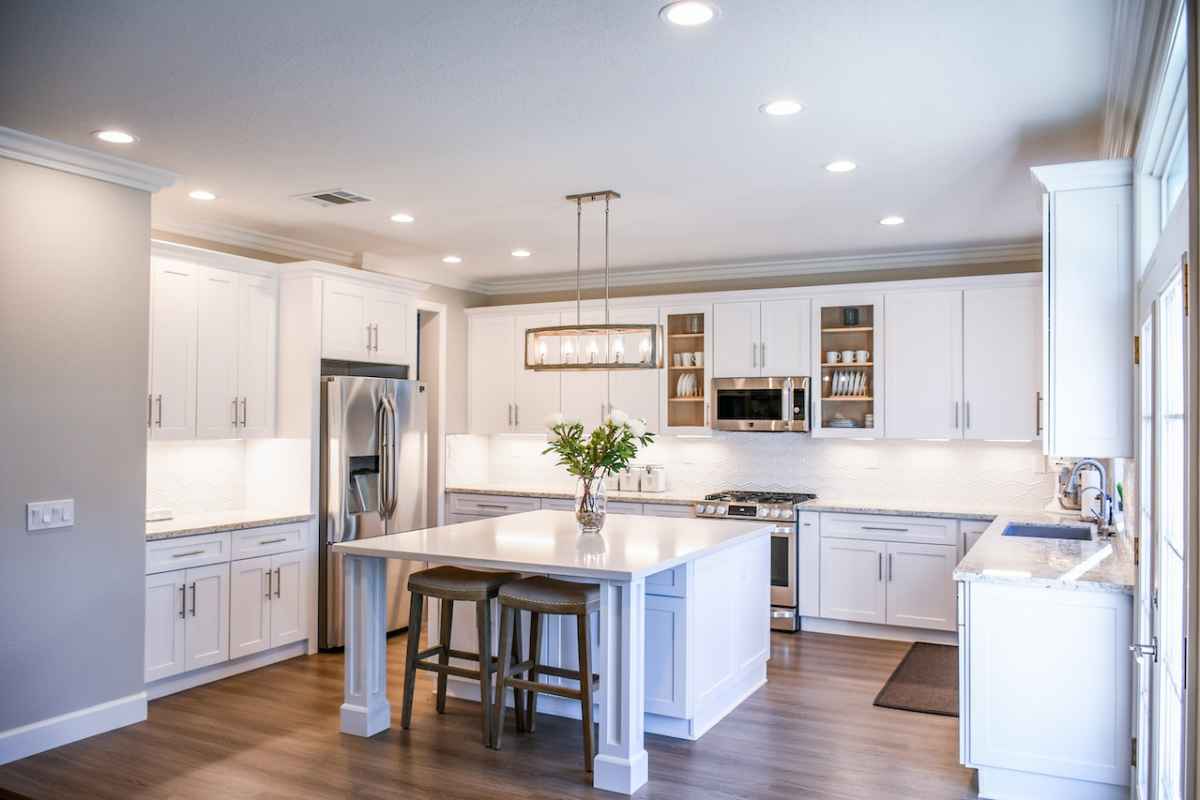
How Do I Make My 90s House Look Modern?
2023-06-01 19:43:06
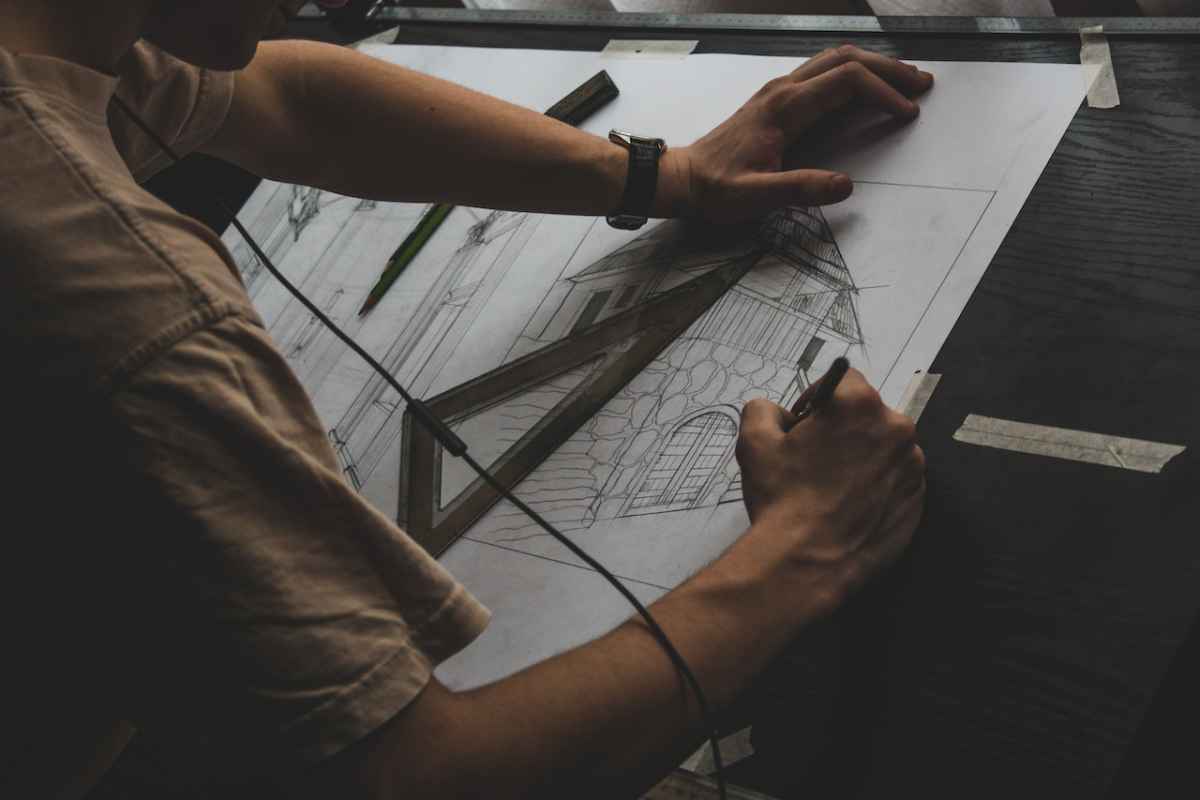
Is It Better to Hire an Interior Designer or Do It Yourself?
2023-06-01 18:48:15
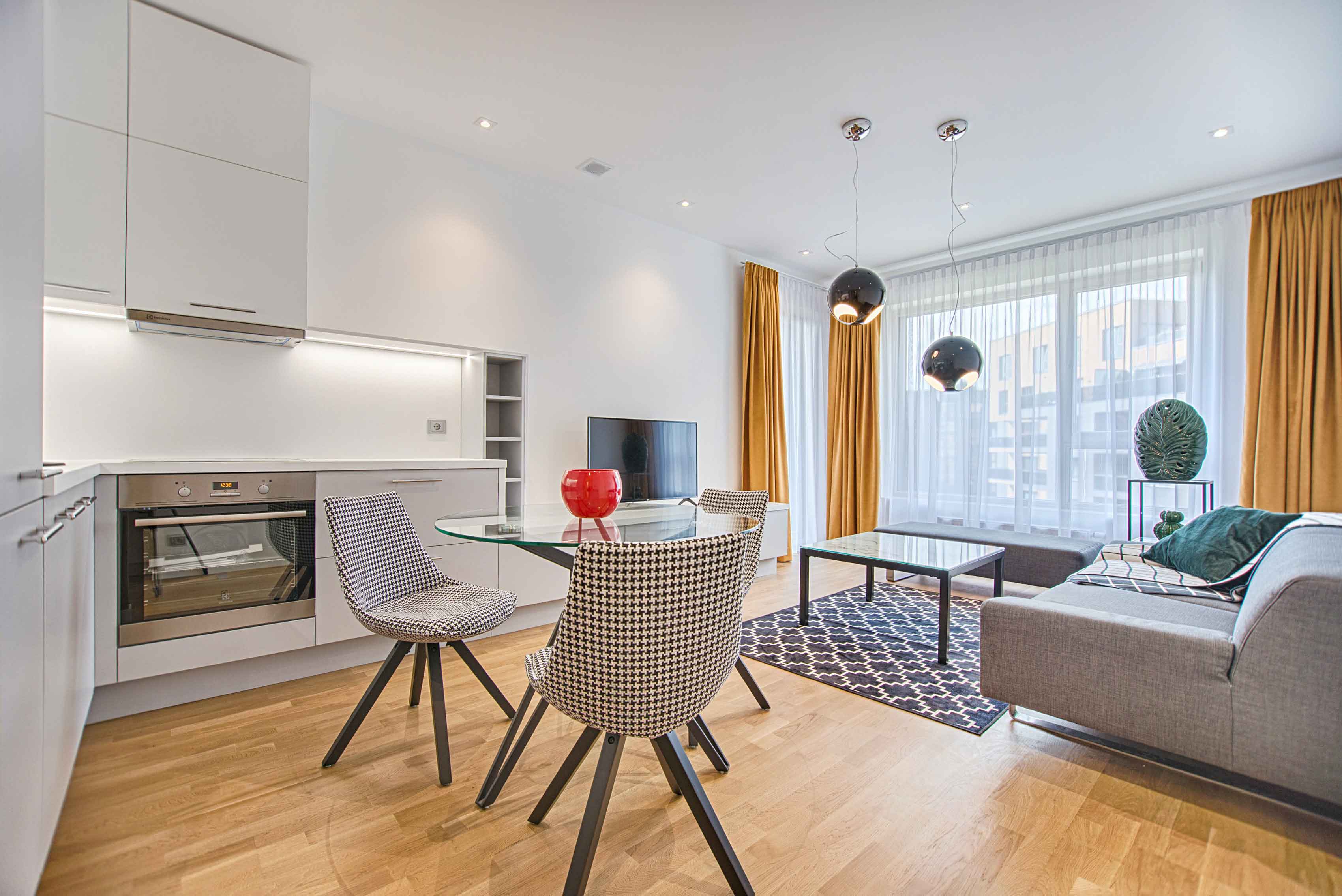
10 Benefits of Interior Design Consultant That May Change Your Perspective
2022-09-06 16:40:33
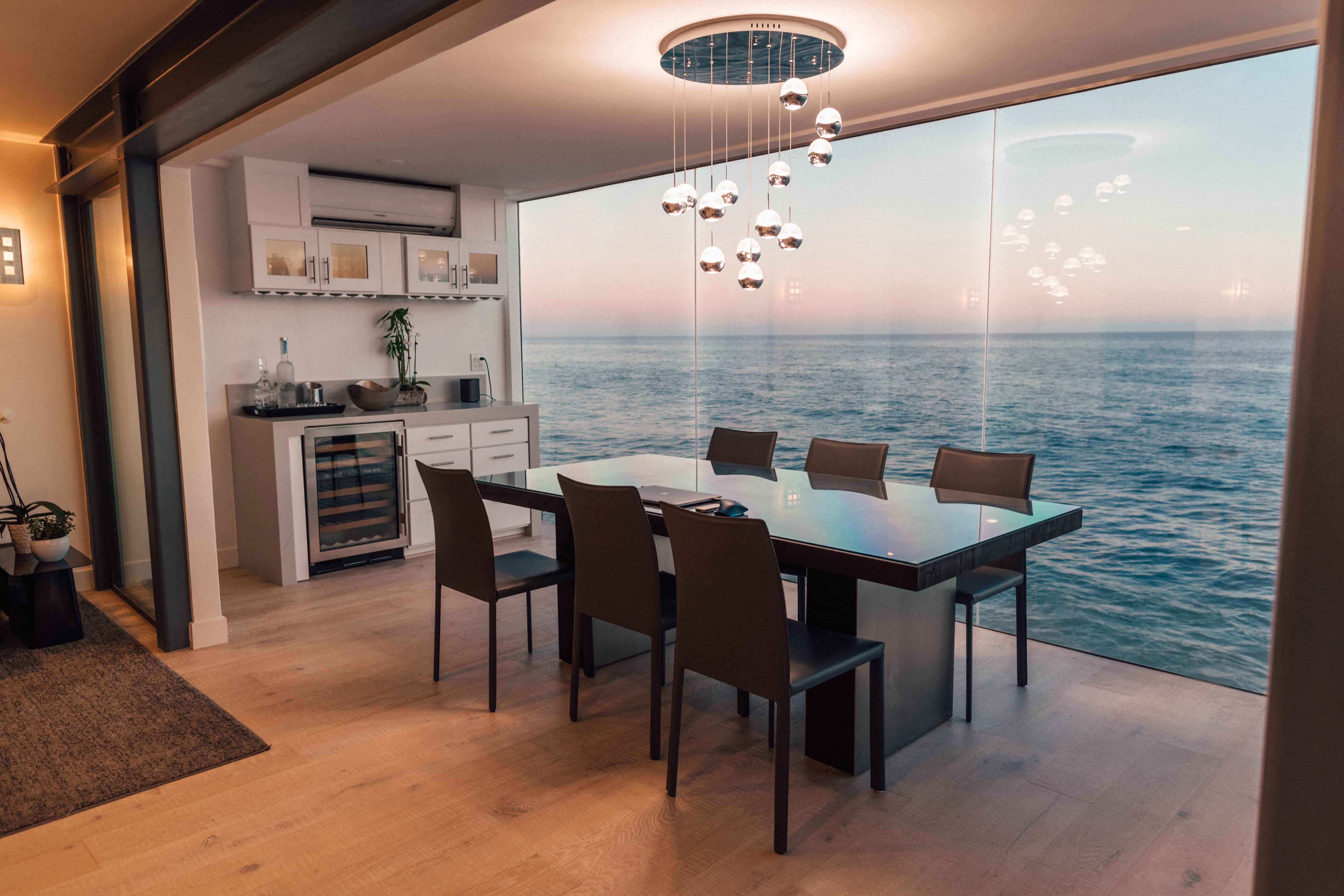
7 Reasons Why You Should Invest in Interior Design Consultant
2022-09-06 16:39:49

How to Get a Luxury Hotel Master Bedroom at Home?
2022-09-06 16:39:13

Creating Beautiful and Elegant Space with Artifex Interio
2022-08-17 20:57:55
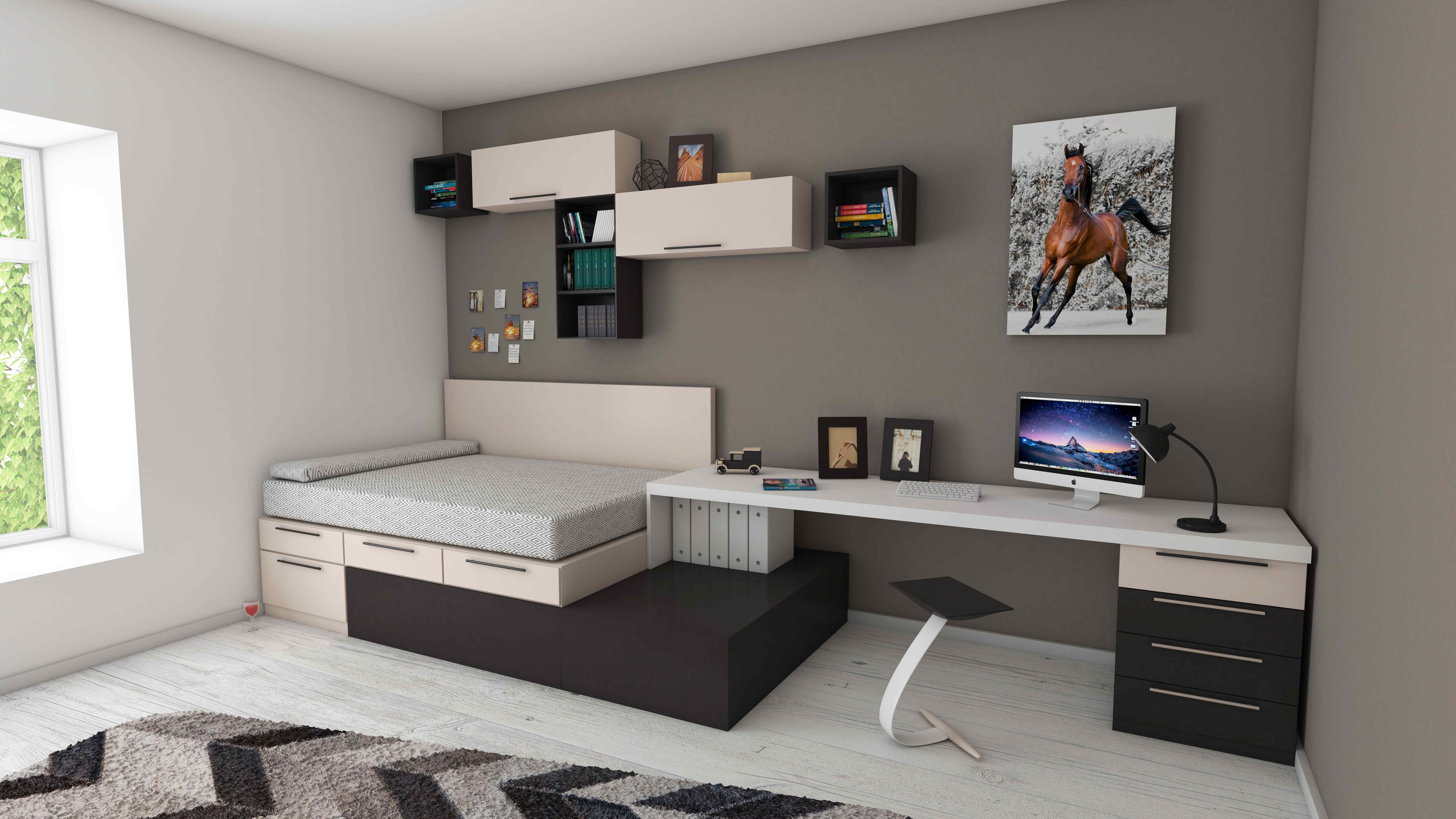
How Interior Design Consultants Can Keep You Out of Trouble?
2022-08-13 22:33:04
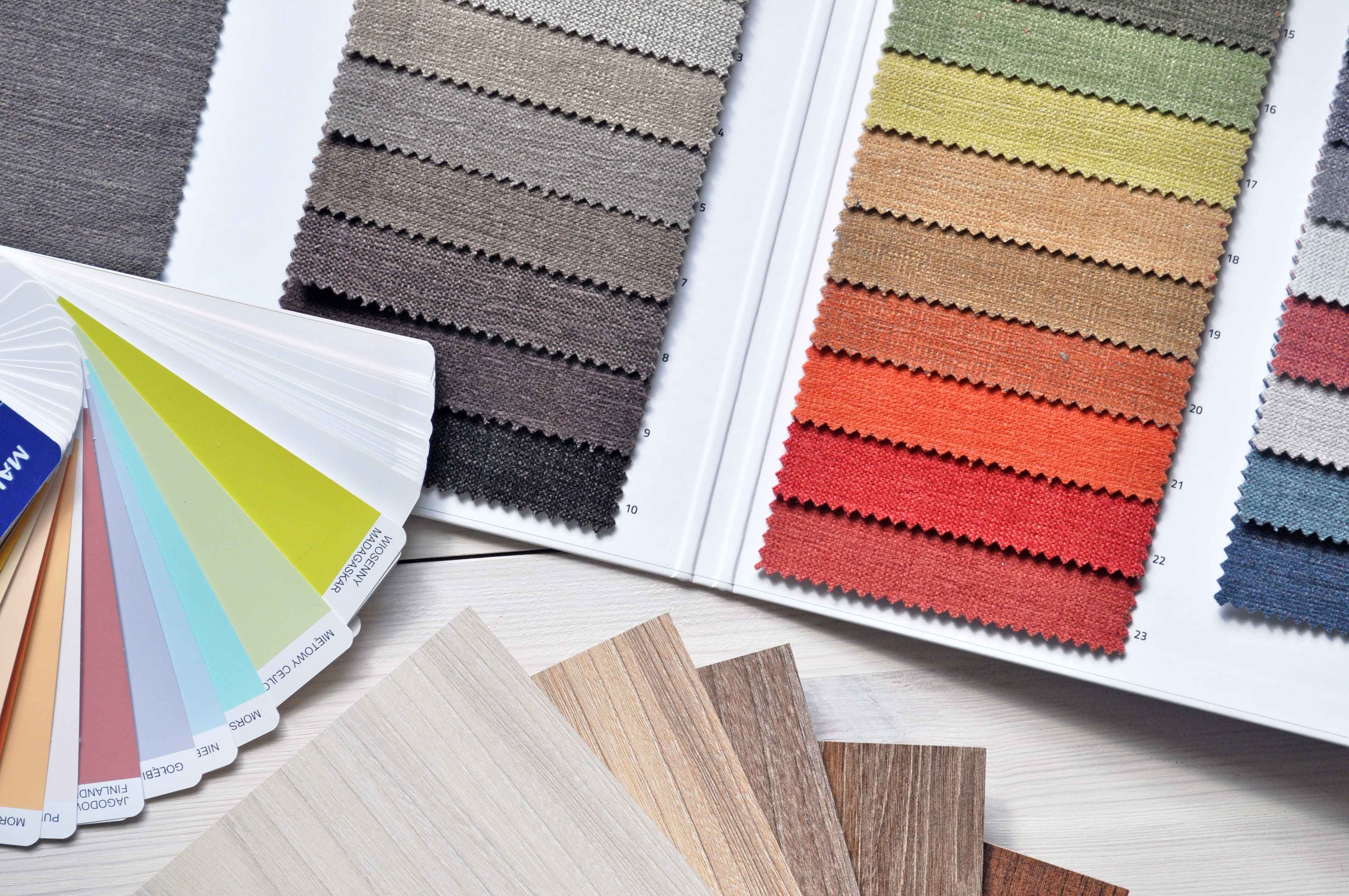
Artifex Interio Inspire You into Your Dream Interior Creations
2022-08-13 22:31:58

